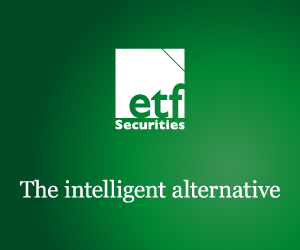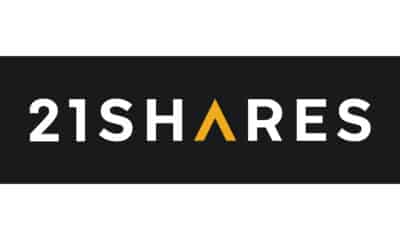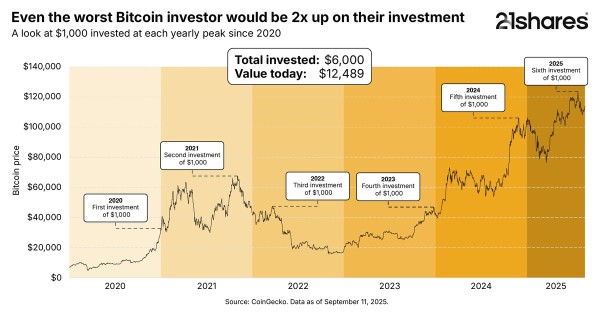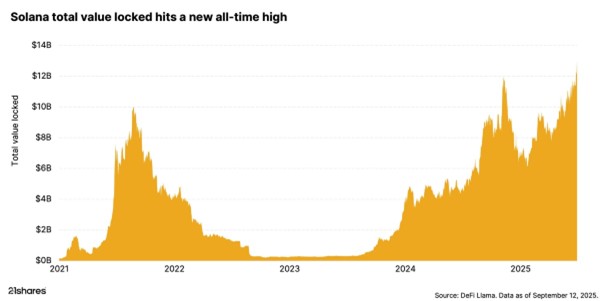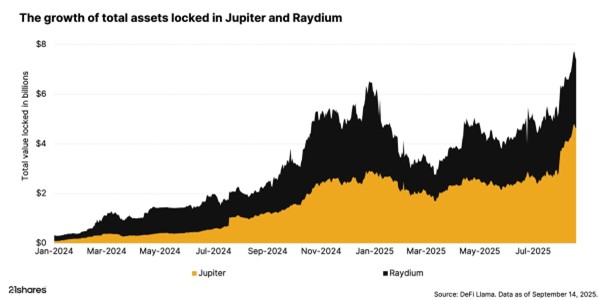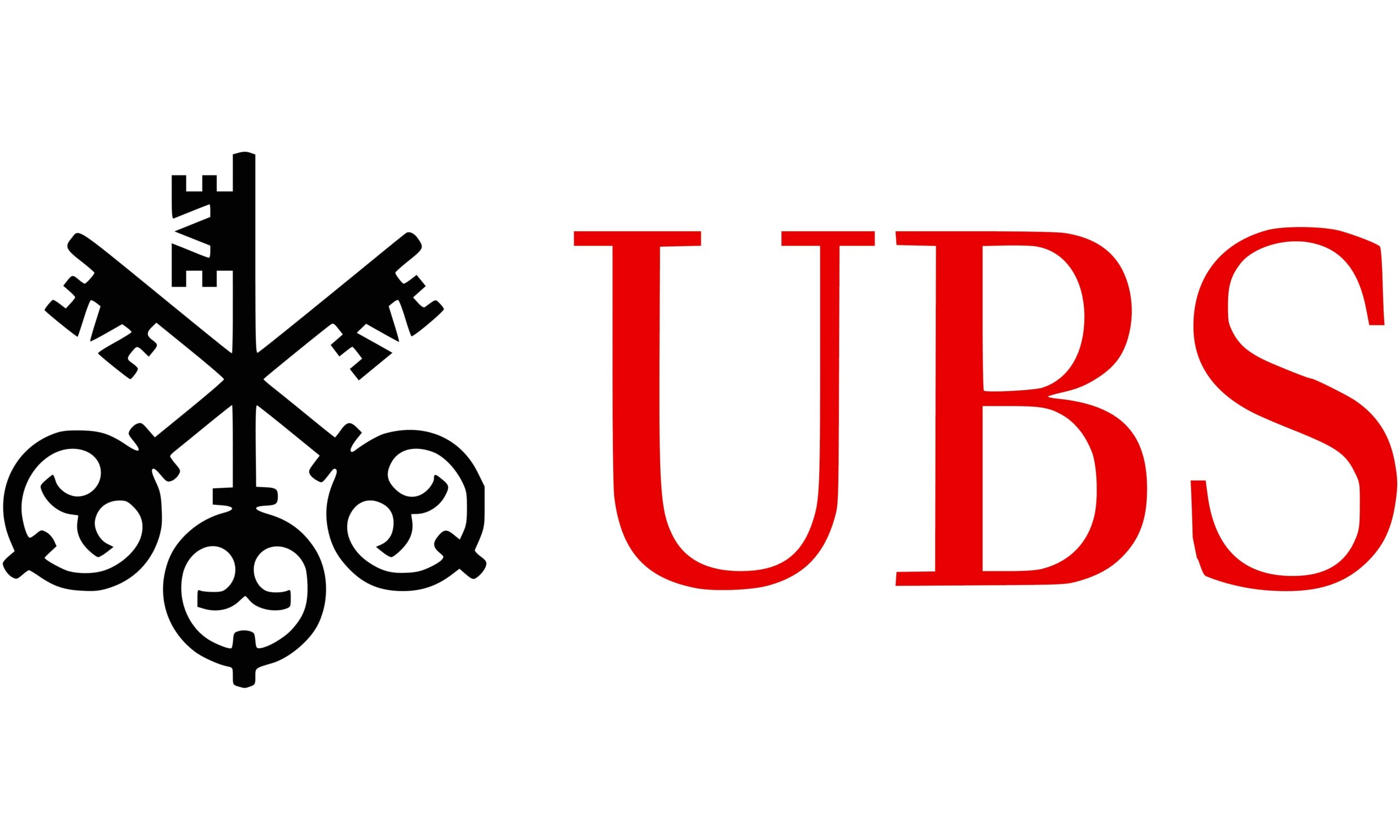ETF Securities Asset Allocation Research: Underweight US, Europe and precious metals
Summary
- For October, in the equity space, the tactical portfolio continues to reallocate its weights from developed countries into emerging market stocks.
- In the commodity space, we tactically underweight gold, platinum and palladium, increasing allocation across the board to keep commodities at 10% in the portfolio.
Our tactical portfolio has much lower volatility than its strategic benchmark since 2005, returning 5.2% per year and enhancing the Sharpe ratio by 65%. - In this second edition of our asset allocation strategy, we will review the performance of our tactical portfolio compared to its strategic benchmark over the past quarter. We will also detail our tactical positions for October 2016.
October 2016 positioning
The following table highlights how our positions have changed over the past quarter in the tactical portfolio compared to the strategic benchmark. It also shows our positioning for October, based on the output of the aforementioned model recommendations as of end of September 2016.
(click to enlarge)
While market volatility measured by the VIX index is heading toward its lower band, the equity-bond relative trade model continues to suggest underweighting equities by 1,000bps to 45% for October and overweighting bonds by 1,000bps to 45% as well. If the volatility index continues to decline, the model will likely match the 55/35 split of the strategic benchmark in favour of equities accordingly.
The CAPE model suggests to remain underweight the US, France, the Netherlands, Italy and Denmark. The CAPE of these countries rose by 10% on average since end of June except for Denmark. While at 60% above its 10-years median, Denmark’s CAPE fell 21% over the period. On the other hand, based on the model, Canada, Brazil, Russia and two new countries: Turkey and Singapore should be overweight. Brazil’s CAPE is 54% below its 10-years median and continues to decline while Turkey’s CAPE is 7.1% below its historical median but rose 33% since the end of June.
The CDS model tells the tactical portfolio to remain neutral on all bond components, using the weights set by the benchmark.
The ETFS contrarian model was the most active over the past quarter, overweighting precious metals in July and August before underweighting the sector in September. For October, the commodity model is reducing the weight of gold, platinum and palladium, increasing the weight of lead, cotton and coffee.
As the UK is heading for a hard exit of the European Union, as a rate hike by the Fed is imminent and as China continues on its soft landing, our fundamental-based equity and commodity models are telling us to underweight US stocks, selective European stocks and precious metals in our tactical portfolio, three areas where we see higher risk for near term uncertainty to affect potential returns.
Q3 performance
Whilst underperforming its strategic benchmark in Q3, the tactical portfolio continues to post a much lower level of volatility at 1.3% annualised versus 3.9% for the benchmark, allowing for an increase of the Sharpe ratio by 28% from 0.22 for the benchmark to 0.28 for the tactical portfolio.
A closer look at each asset class shows that commodities and equities were the main contributors to the improved Sharpe ratio of the tactical portfolio compared to its benchmark while bonds contributed to both portfolios in the same way.
(click to enlarge)
Model performance
The tactical portfolio has the lowest level of volatility compared to the 60/40 and strategic benchmarks, improving the Sharpe ratio by 48% on average.
(click to enlarge)
Whilst underperforming the 60/40 benchmark, the tactical portfolio outperforms its strategic benchmark by 0.3% per year since January 2005.
(click to enlarge)
Each asset class in the tactical portfolio also outperforms their equivalent in the strategic benchmark, by 0.3% for equities and bonds and 2.8% for commodities, illustrating the efficiency of our fundamental-based models in improving the risk/return profile of their respective asset class as well as the portfolio.
The tactical portfolio also provides higher protection from the downside risk with a maximum drawdown of -21.6% only compared to -38.5% for the 60/40 and -39% for the strategic benchmark. Finally, the tactical portfolio recovers faster to its previous peak (2 years versus 3.25 years for the benchmarks).
The portfolio methodologies
This section provides a short description of our strategic and tactical portfolio methodologies.
Our strategic benchmark follows a long-only strategy with 60 investments across three asset classes: commodities (25), equities (28) and bonds (7). The initial weights as illustrated below are based on the weighting methodology of:
- The Bloomberg Commodity Index for commodities
- The MSCI AC World Index for equities
- The Barclays bond indices for bonds
(click to enlarge)
The strategic portfolio represents a balanced portfolio with 55%, 35% and 10% allocated in equities, bonds and commodities respectively. Every month, the strategic portfolio rebalances into the weights set by the above benchmarks.
Our tactical portfolio aims to outperform its strategic benchmark by applying fundamental-based models to reflect our expertise in each asset class and our views of the global economy. The tactical portfolio rebalances every month to a new set of weights determined by the models below:
- The equity-bond relative trade model sets the weights at the asset class level between equities and bonds while commodities will remain at 10% all the time
- The CAPE model sets the weight for equities
- The CDS model sets the weight for bonds
- The ETFS contrarian model sets the weight for commodities
Important Information
General
This communication has been issued and approved for the purpose of section 21 of the Financial Services and Markets Act 2000 by ETF Securities (UK) Limited (“ETFS UK”) which is authorised and regulated by the United Kingdom Financial Conduct Authority (the “FCA”).

 Nyheter3 veckor sedan
Nyheter3 veckor sedan
 Nyheter4 veckor sedan
Nyheter4 veckor sedan
 Nyheter4 veckor sedan
Nyheter4 veckor sedan
 Nyheter4 veckor sedan
Nyheter4 veckor sedan
 Nyheter2 veckor sedan
Nyheter2 veckor sedan
 Nyheter3 veckor sedan
Nyheter3 veckor sedan
 Nyheter2 veckor sedan
Nyheter2 veckor sedan
 Nyheter4 veckor sedan
Nyheter4 veckor sedan
